Problems and progress with Medieval surgery: Medicine stands still, c1000-1500: History: GCSE (9:1)
1/12
There's no tags or description
Looks like no tags are added yet.
Name | Mastery | Learn | Test | Matching | Spaced |
|---|
No study sessions yet.
13 Terms
Barber Surgeon
A man, who underwent 6 months training, that did surgical operations and cut the hair of his patients

Dissections
Cutting apart a dead body to discover more about how it works. Banned by the Church.
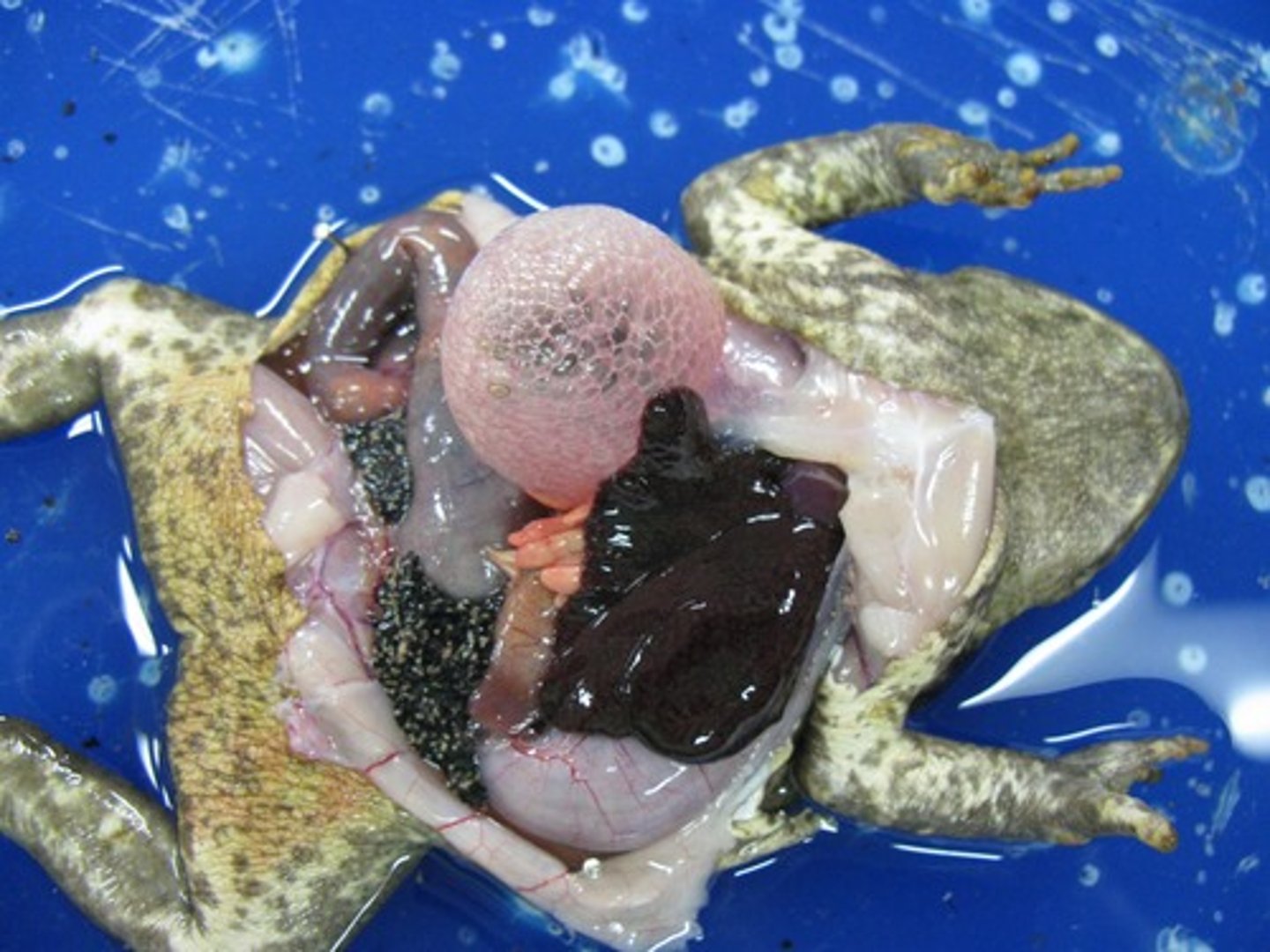
Infection
When a wound isn't treated with anything to kill bacteria. The bacteria infects the wound and can lead to death
Cauterising
Using hot iron pressed against a wounded area to seal the wound through burning the flesh dry
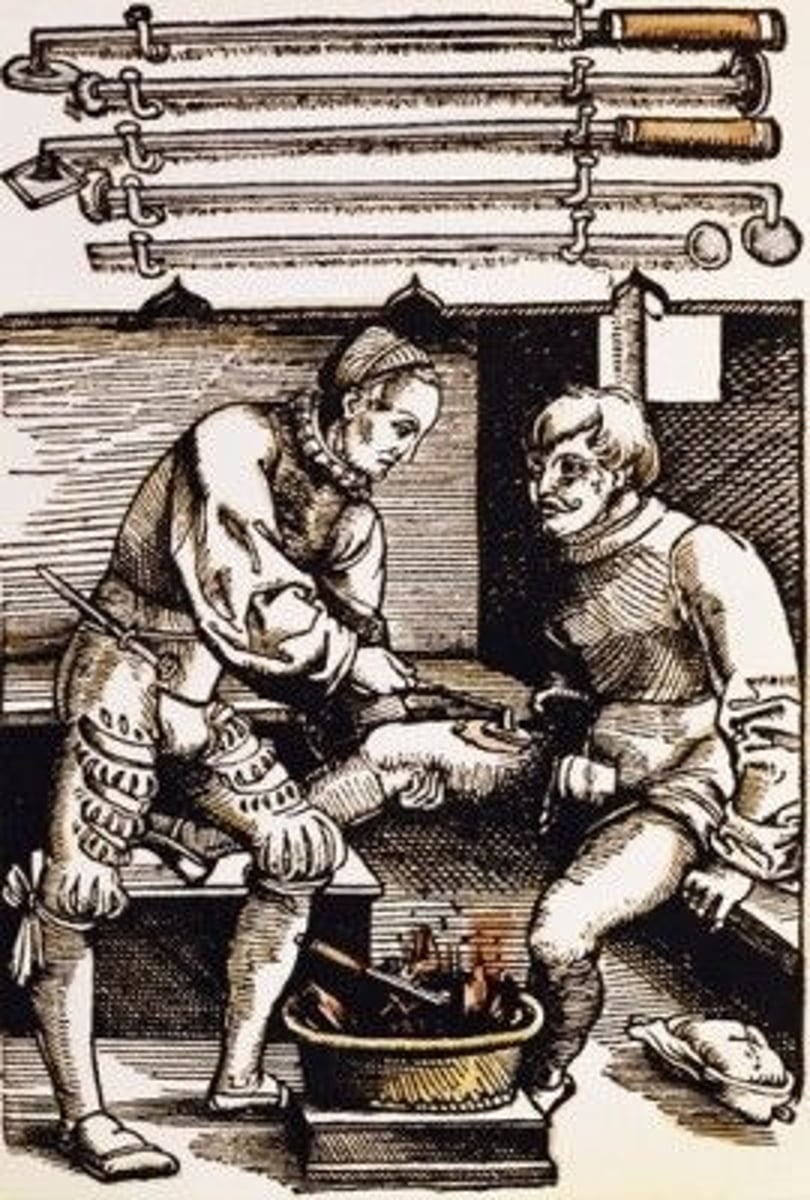
Hole Saw
A tool used to create a neat hole in the skull of patients with a headache (only the best had them)
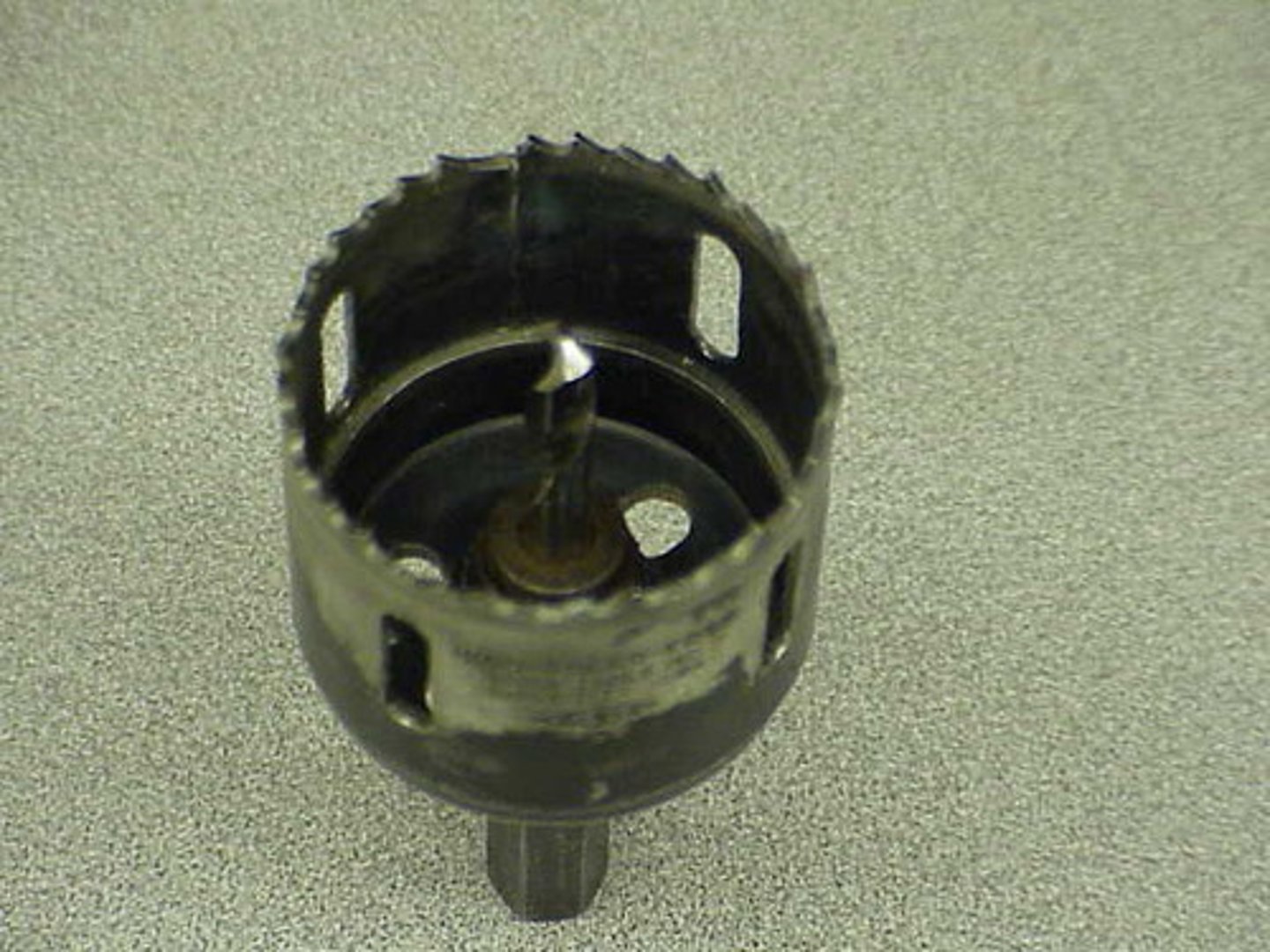
John Bradmore
A surgeon who created the Bradmore screw (a special tool which can grip and pull things) to remove an arrow head from the skull of Prince Henry (later Henry I)
Chisel
A tool used to make a hole in the skull of a patient with a headache
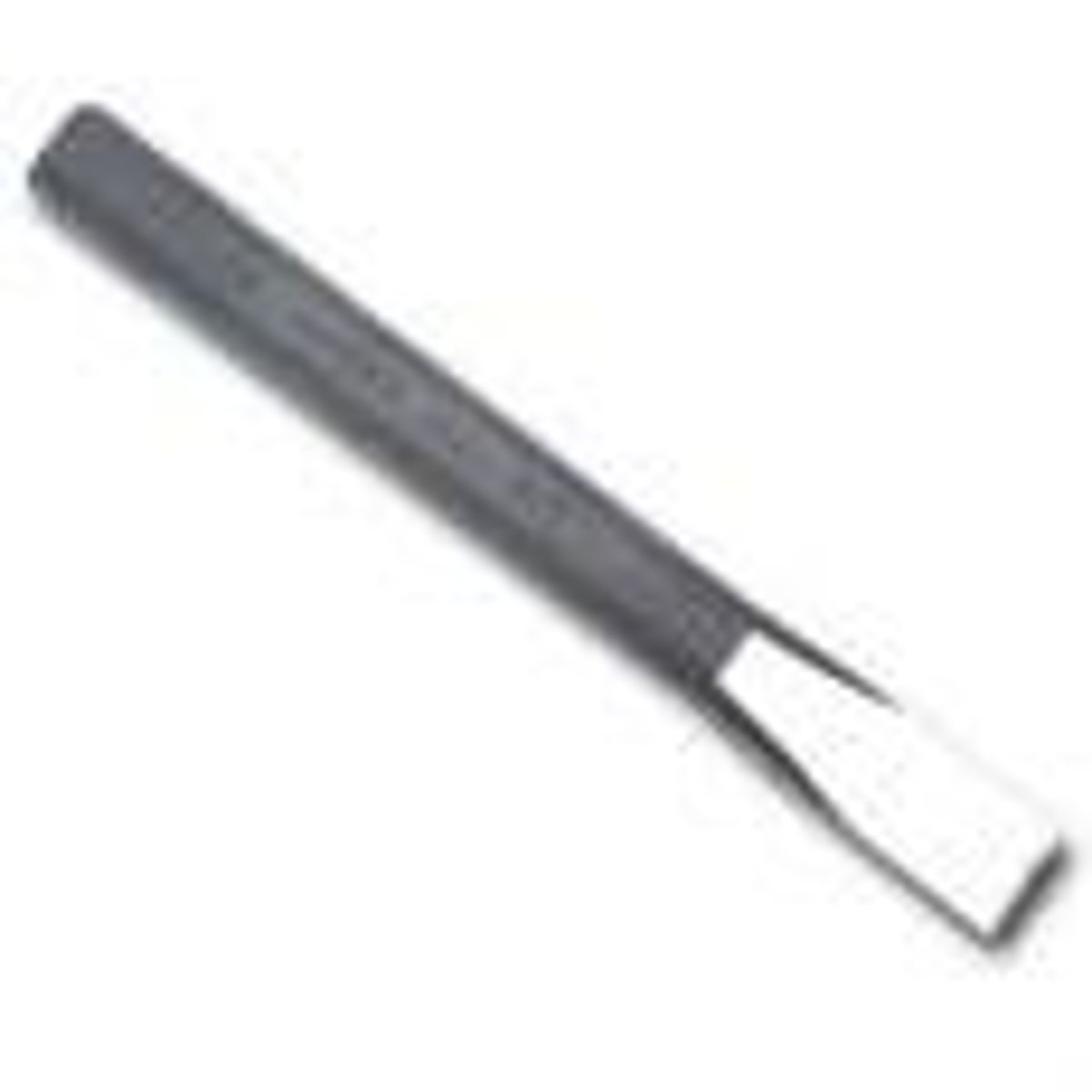
Cataracts
A condition where the surface of the eye becomes cloudy and reduces vision. Was removed in the Medieval Era using a knife
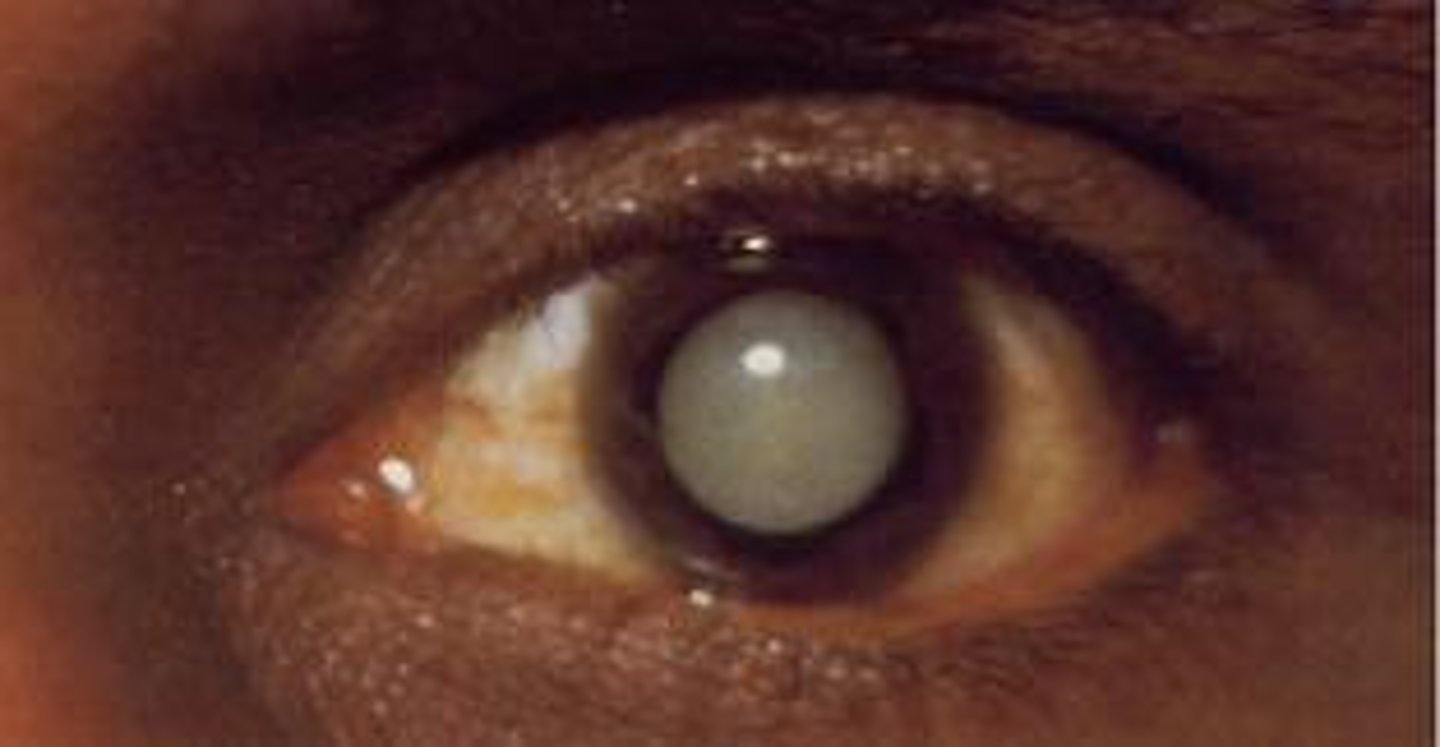
Trephining
An operation to cure a headache which involves creating a hole in the skull. The belief was that it let the bad spirits that caused the headache escape.
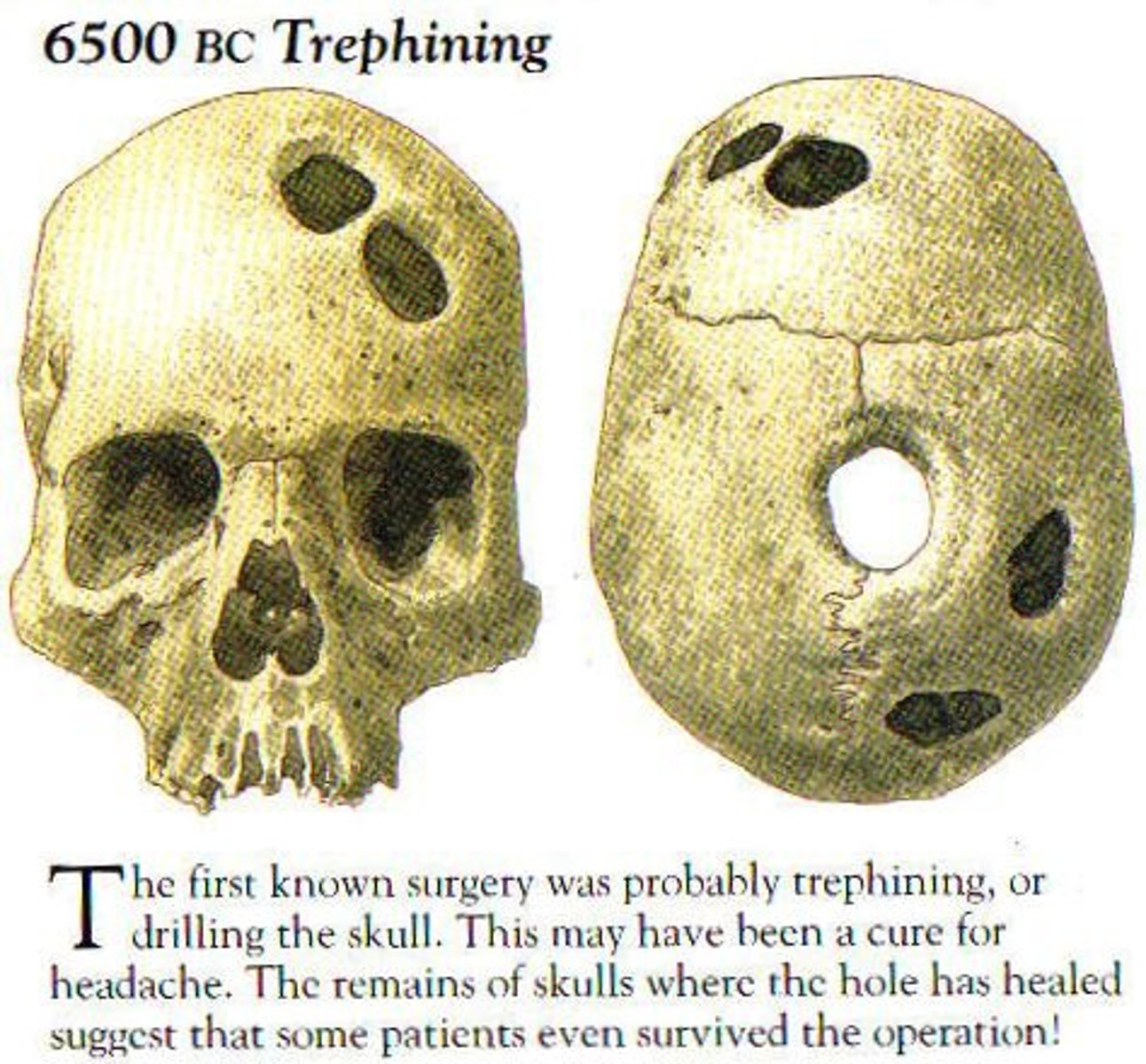
Praiseworthy Pus
Most Medieval surgeons believed pus meant the wound was healing. They were wrong, as it is a sign of infection.
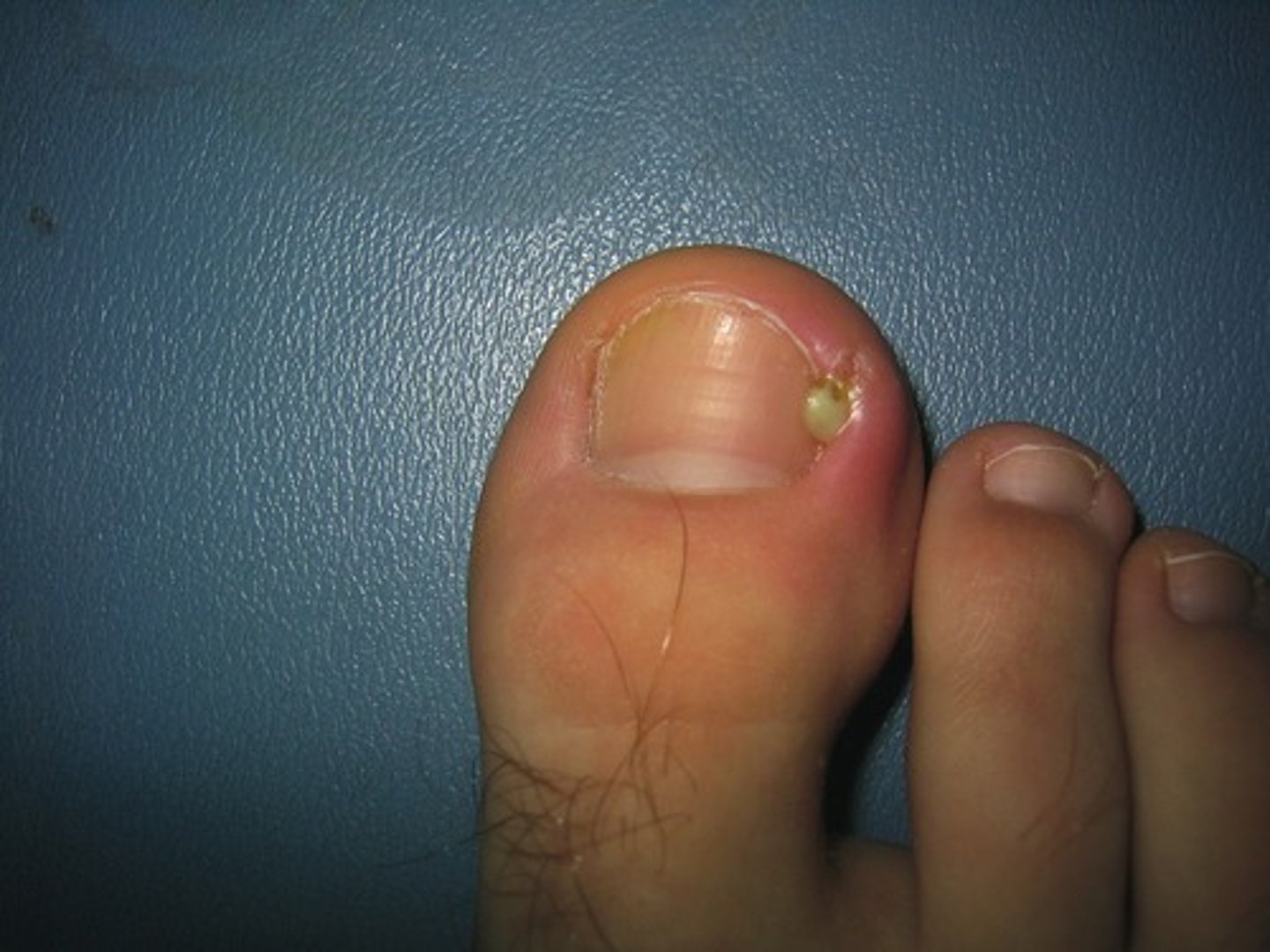
Hugh and Theodoric
Battlefield surgeons (13th century) who used wine in wounds to prevent infection. Hugh practised it and his son, Theodoric, wrote about it.
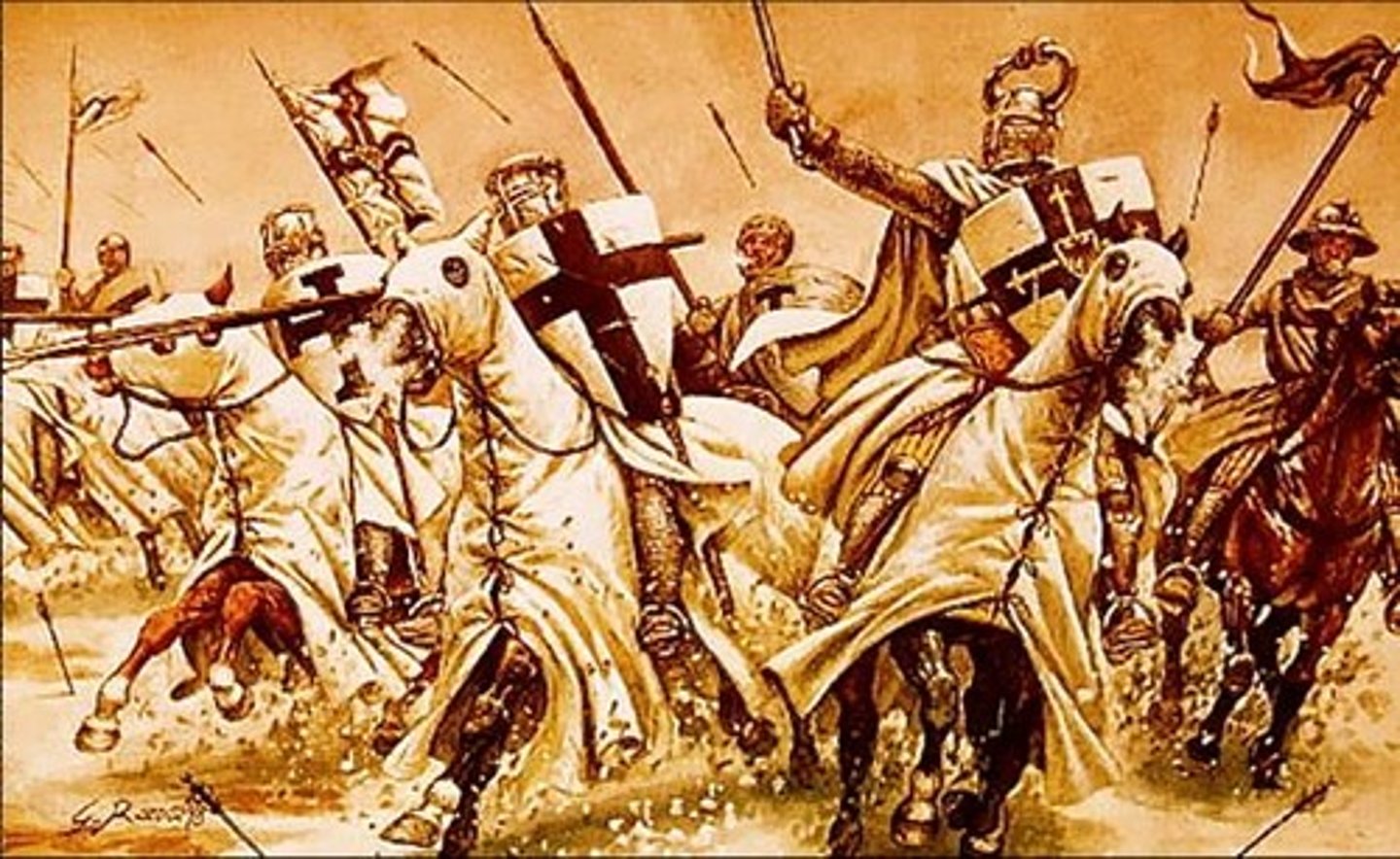
John Ardene
A surgeon during the Hundred Years War who used hemlock, opium and henbane as a painkiller during operations. He had a low patient death rate.
Practice of Surgery (Book)
A book written by John Ardene about his time as a surgeon